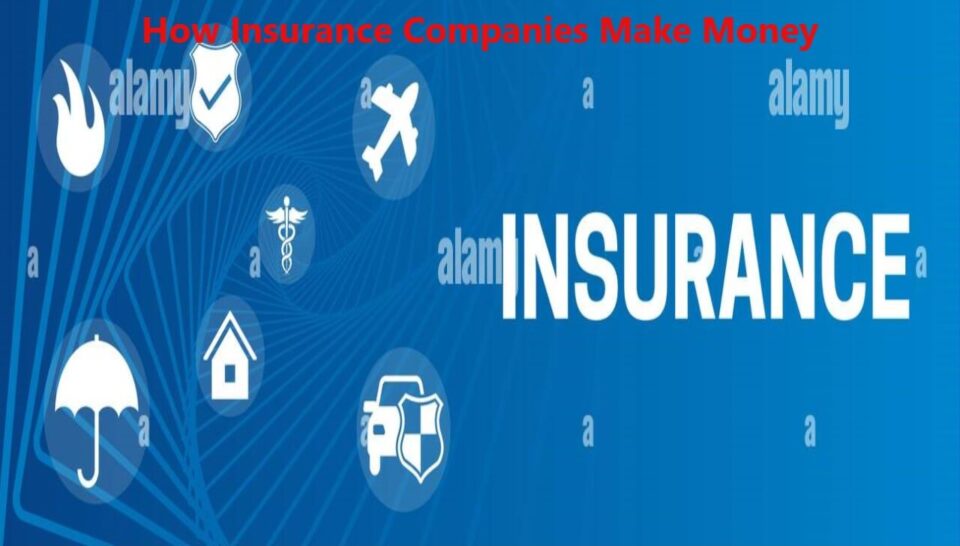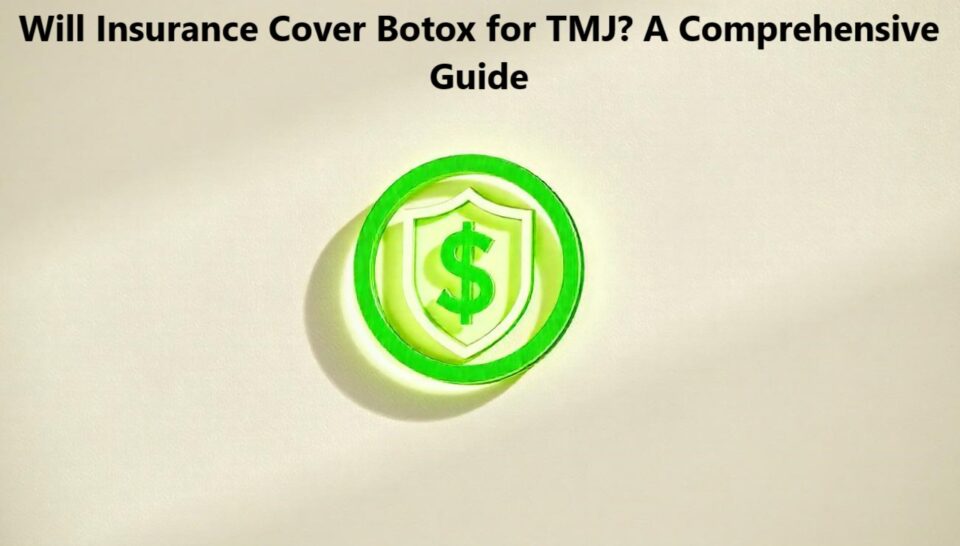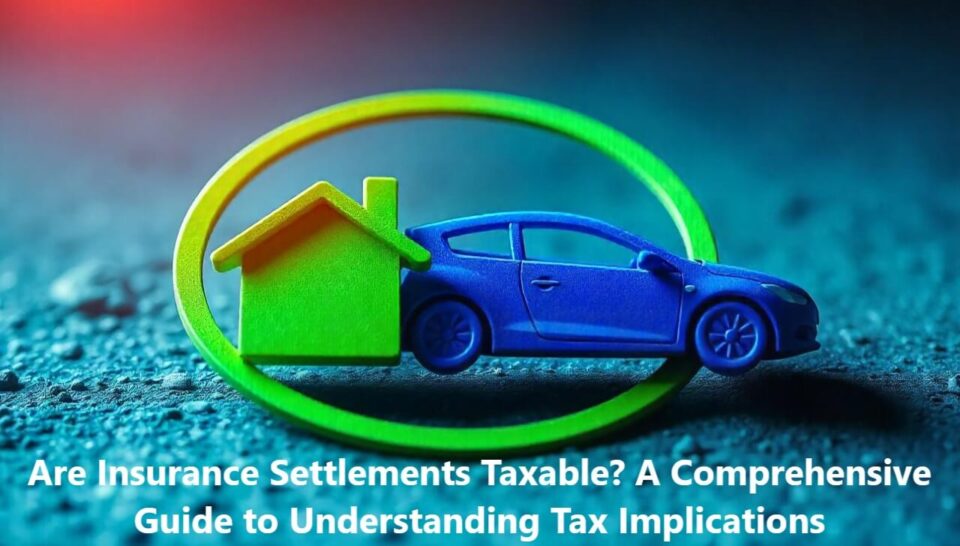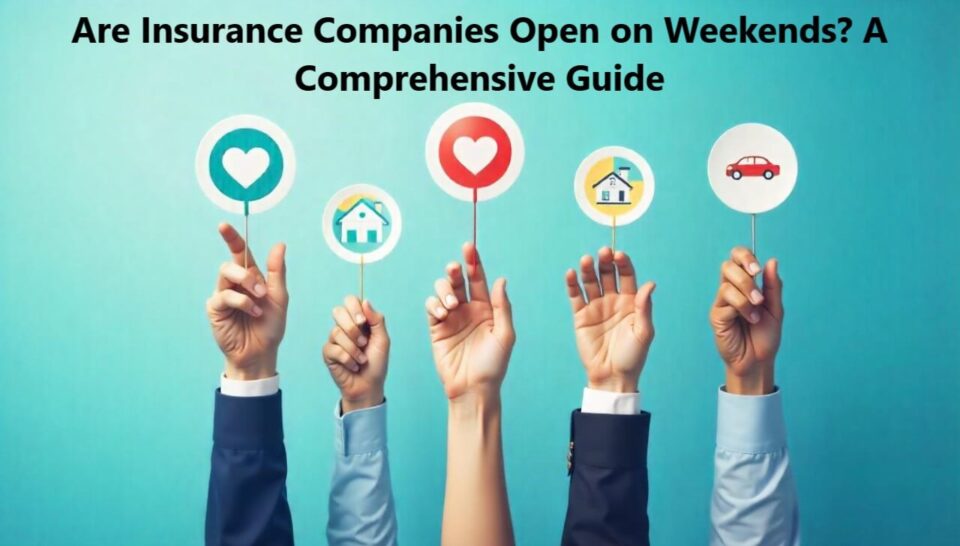Multi-car crashes are confusing and they can cause you to question who’s at fault and what your insurance covers. Who pays in those cases varies based on the nature of the accident, your state laws and what insurance companies you are working with. Here’s a breakdown of what makes insurance the wrong person in a multi-car crash so you can figure this out.
Understanding Multi-Car Accidents
When three or more vehicles collide in a multi-car collision (also known as chain reaction). They usually happen on the highway or crowded intersection and are caused by bad weather, distracted driving, speeding or tailgating. Knowing who was responsible is essential to know whose insurance pays for the injuries.
Common Causes of Multi-Car Accidents
- Back-End Collisions: Caused usually by overbraking or tailgating.
- Environment: The roads are flooded, dark, or icy.
- Drivers who Drive While Distracted: Phone use, eating, or other distractions slow down reactions.
- Overspeeding: Reduces the time to not collide.
Figuring Who Was At Fault in a Car Accident With Multiple Cars
Fault in a multi-car crash involves a complicated process of:
- Official Police File: The official police file will usually contain diagrams, eyewitness testimony and initial fault reports.
- Eyewitnesses: Comments from pedestrians or other drivers are helpful.
- Dashcam Video: Video can also explain what went wrong.
- Accident Reconstruction Experts: There are instances where professionals are brought in to interpret the evidence and determine responsibility.
Comparative vs. Contributory Negligence
How fault is diagnosed is different in each state:
- Comparative Negligence: It is assigned according to the fault level of each of the defendants. For instance, you could be 30% responsible and get 70% of damages.
- Contributory Negligence: In some states, if you are 1% responsible, you’re out of luck for damages.
Whose Insurance Pays?
The insurance settlement is contingent upon the type of accident, fault and state law as well as policy provisions. Here’s how it works:
- At-Fault Driver’s Insurance: The driver who caused the accident typically has liability coverage that insures:
- Damage to Property: Injuries to the cars.
- Hospitalization Cost: For damages caused to other drivers or passengers.
- No-Fault States: In no-fault jurisdictions, everyone’s Personal Injury Protection (PIP) policy will pay for their treatment, regardless of the other party. But property damage liability (PDL) can still be imposed on the at-fault driver.
- Multiple At-Fault Drivers: In some car accidents, the driver sharing the blame. Then insurance companies assign responsibility on the basis of the share of blame attributable to each driver.
How to Proceed After a Multi-Car Accident
So here’s how you can defend yourself financially and legally after a multi-car crash:
- Keep Yourself Safe: Check for cuts and run to emergency services if need be.
- Photo, Video and Record the Scene: Take pictures, videos and notes on the accident scene (damage to the car, number plates, and the road).
- Trade Data: Gather names, addresses, insurance and vehicle number of every involved driver.
- Call Witnesses: Gather witness contact details and comments.
- Send a Police Report: This is the official report that you use to claim your insurance and establish liability.
- Contact Your Insurer: Inform your insurer about the accident as soon as possible, even if you don’t feel you’re to blame.
Some Forms of Coverage that Could Be Covered
There are several insurance coverages that could be involved in a multi-car accident:
- Liability Insurance: Pays for the accident and injuries caused by the guilty party. In most states it is required.
- Personal Injury Protection (PIP): Insures you no matter the fault for medical bills in no-fault states.
- Collision Coverage: Insures your car if damaged, fault or not, to the extent of policy coverage.
- Uninsured/Underinsured Motorist Coverage: Covers you if the at-fault driver isn’t adequately covered by insurance.
- Medical Payments Coverage (MedPay): Covers medical expenses for you and passengers no matter the fault.
Claim Making: What You Need to Know How to Make a Claim
In order to claim make sure that you:
- Provide accurate and detailed information.
- Send in photos, police logs and statements.
- Cooperate fully with your insurer’s review.
- Ask for a lawyer if the insurance company declines to pay or if they contest responsibility.
Legal Considerations in Multi-Car Accidents
And occasionally there are lawsuits, when a disagreement about fault or lack of coverage arises. Having a qualified personal injury lawyer help you:
- Negotiate with insurance companies.
- Learn your rights under state laws.
- Maximize your compensation.
Tips for Avoiding Multi-Car Accidents
Accidents aren’t impossible but you can mitigate the danger by:
- Maintaining a safe following distance.
- Avoiding distractions while driving.
- Speeding up depending on road and weather.
- Maintaining the repair of your vehicle such as the brakes and tires.
Conclusion
There are many parties involved and states have different laws governing who gets paid in a multi-car accident. The better you know the dynamics of who is at fault and who is liable, the better you can handle the consequences of accidents like this. Safety is always #1, make sure you keep everything written down and ask professionals if you have questions to ensure that you get it done right.








